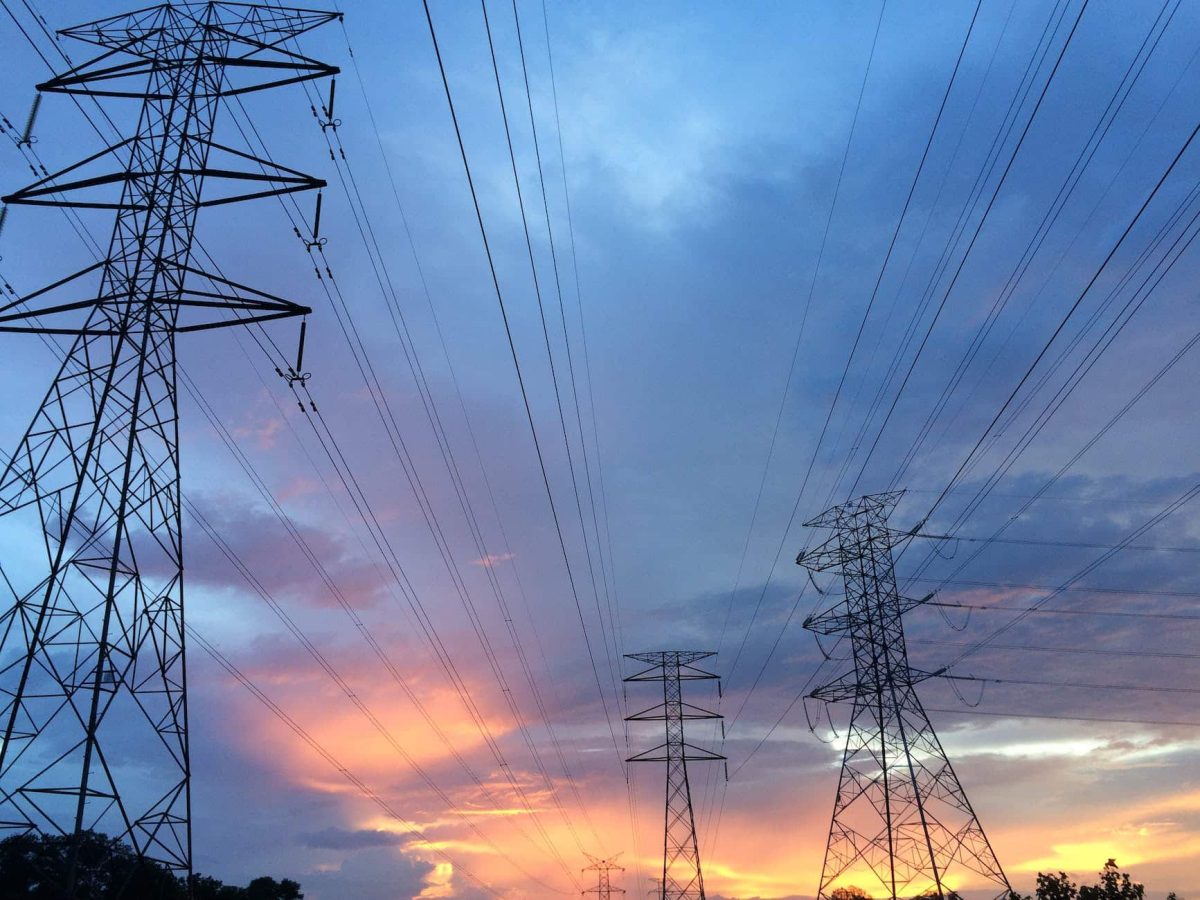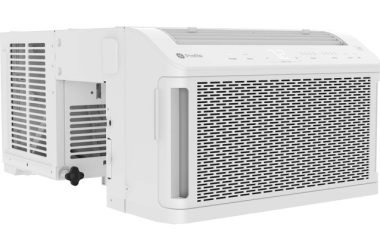Electricity transmission is the process of transmitting electricity from one location to another, whether it is wireless (resonant induction or microwaves), or via cables, for a variety of reasons, and a variety of distances, it can be transmitted a distance of millimetres, inches, or miles.

Importance of Electricity
Globally, according to a United Nations report, 1.5 billion people do not have access to electricity, one reason some people don’t have access to electricity is because of a lack of transmission infrastructure, this may seem more like an inconvenience than a serious problem, but it is serious, and this section explains why.
Electricity is considered a luxury commodity by some, but it is not just that, it is now an essential commodity, and for many reasons. In the modern world, electricity enables manufacturers and service providers to provide products and services at a much lower cost than they were in the past due to the speed and versatility of computers and robotic factory machinery. Not only has the demand for electricity been growing annually, but the actual need for it as well. Modern manufacturing processes are impossible without it. It is impossible to meet global demand for most products without electricity because mass production in general requires electricity.
- Electricity is required to pump water to all buildings, and water is an essential commodity. Without a water supply grid, people would have to travel far distances to get water and/or dig wells.
- Water could not be purified properly in an economical manner without electricity. Germs are not the only problem, but other pollutants as well need to be filtered out.
- Food could not be refrigerated and people would not be able to keep perishable food.
- Proper lighting is not possible without electricity.
Electricity Grid
An electricity grid is a network of high voltage power transmission lines which are designed to transport electrons (electricity) from power plants to homes and businesses which are connected to it.
Step 1: Electricity is first generated by a generator, for example:
Natural gas is burnt to produce heat which is used to boil water and generate steam, which is then used to turn a steam turbine, which then turns an alternator which generates alternating current.
Step 2: Since power lines are so long, it is difficult to transmit power far without losing much of it due to their electrical resistance (which is their resistance to the flow of electric current), a high voltage (which is also known as electromotive force) is required to “push” the electrons through the power lines to their destinations. When the voltage is stepped up by a certain percentage, the current (the actual electrons) is lowered by the same percentage.
The alternating current from the generator is supplied to transformers which step the voltage up significantly to hundreds of thousands of volts (for example: 765,000, 500,000, 345,000, 230,000, and 138,000 volts) because of this resistance problem.
Step 3: That is then supplied to transmission customers, and then to step down transformers at substations, which lower (step down) the voltage further (for example: to 28,000 and 69,000 volts) for sub-transmission customers. It is then supplied to primary customers (13 kV and 4 kV), and finally secondary customers, which are residents and businesses (120 and 240 volts).
Step 4: A network of power cables transmits power to 120 and 240 volt outlets as well as light bulb sockets throughout your home.
Power Control Equipment
Transformers
Explanation 1: A transformer is a device that is usually supplied with a current of a certain voltage so that it can then output a higher or lower voltage depending on the type of transformer.
Explanation 2: A transformer is a device that utilizes the principle of electromagnetic induction to increase or decrease the voltage of an alternating current (well-known as AC current). One winding or coil of wire is supplied with current, causing that coil to create a magnetic field and then induce a current in a second coil which then generates electricity using that magnetic field. The second coil supplies electricity through wires to whatever needs it, such as appliances.
Explanation 3: An example of a common transformer used in power supplies such as phone, laptop, and other chargers is one which consists of two coils (also called windings) of copper wire. Each coil is wound around a piece of iron. There is the primary coil and the secondary coil which is extremely close to the primary. The primary coil is supplied with a AC (alternating) current, causing it to create a magnetic field which then induces an alternating electric current at a higher or lower voltage depending on the type of transformer.
Transformers do not have to be used to increase or decrease voltage though, and yes, transformers literally transmit energy without the use of wires inside their casing.
In order for a transformer to increase voltage, the secondary coil must be a longer wire than the primary coil.
In order for a transformer to decrease voltage, the secondary coil must be a shorter wire than the primary coil.
The primary coil is actually one very long wire, and the secondary coil is too.
So basically: Power source > Primary coil > Secondary coil > Appliance that needs power.
Inverter
An inverter is a device that converts DC (direct current) to AC (alternating current). Inverters are frequently used to convert low voltage DC currents such as 12 volts DC, for example, to 120 volts AC at 50 or 60 hertz for appliances.
Rectifiers
A rectifier is a device that converts AC current to DC current. Alternating current changes direction, but DC does not. Therefore, rectifiers convert AC to DC by preventing alternating current from changing direction. Current flows through rectifiers in one direction only.
Electricity Grid Stress, Load Balancing and Incentives
Load balancing: Utility companies in some areas may offer a plan under which they charge a lower electricity rate at night to encourage people to use more at night and even try to shift some of their daytime power consumption to help to close the gap between night-time and daytime electricity demand. This is because certain types of power plants are unable to meet electricity demand in the day and night exactly because they are not very adjustable. Example: Coal, nuclear, natural gas (the steam variant).
Environmental/Sustainability Incentives: Governments may charge a tax on residents or businesses that use more than a certain amount of electricity per month measured in kWh to encourage people to reduce their power consumption, resulting in less power plant emissions.




